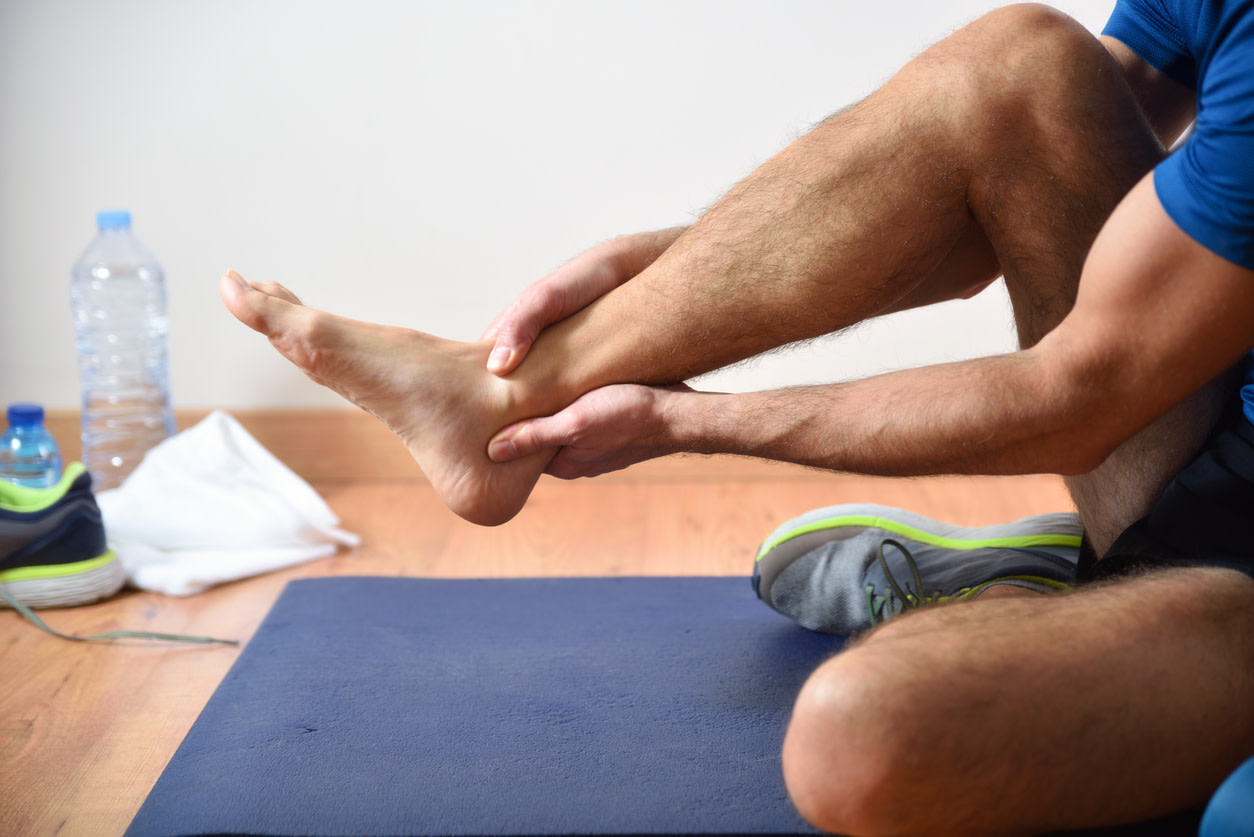Ankle Popping: What Causes It and How to Treat It
Learn about what causes ankle popping and how to treat it with tips and exercises from physical therapists.
0 $ pour vous
Date de publication : Aug 12, 2024
Table des matières
Fully covered foot or ankle pain relief
Find relief from foot pain, ankle pain, plantar fasciitis, & more.
Check if I'm eligibleExercises for Ankle Popping That Build Strength
Want expert care? Check if you're covered for our free program →- Calf Raises
- Banded Foot Side Steps
- Towel Scrunches
- Single Leg Balance
